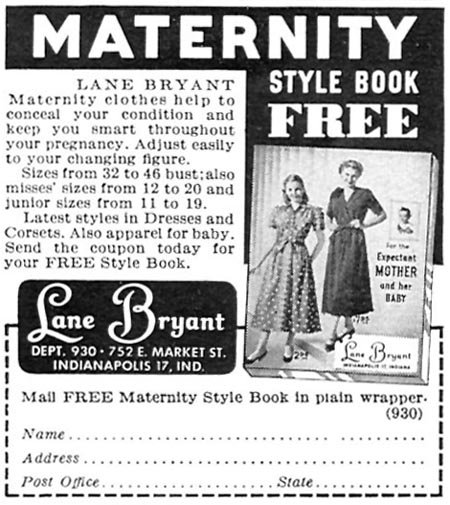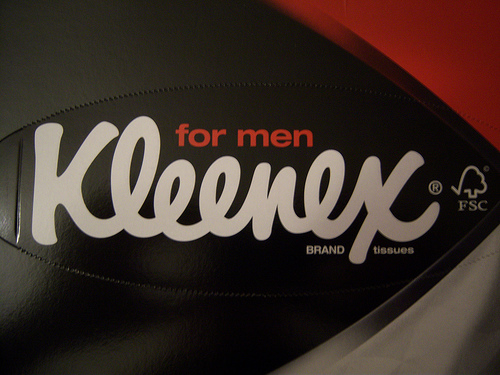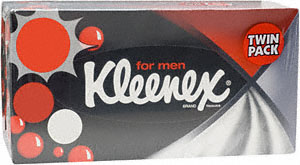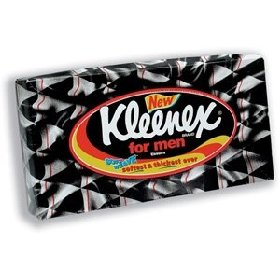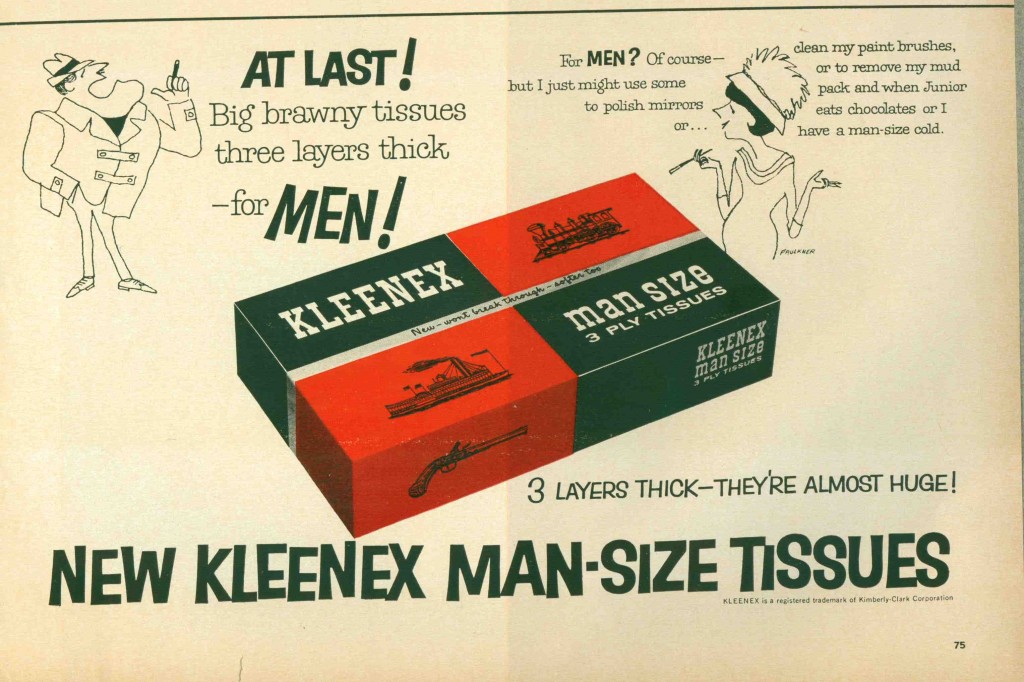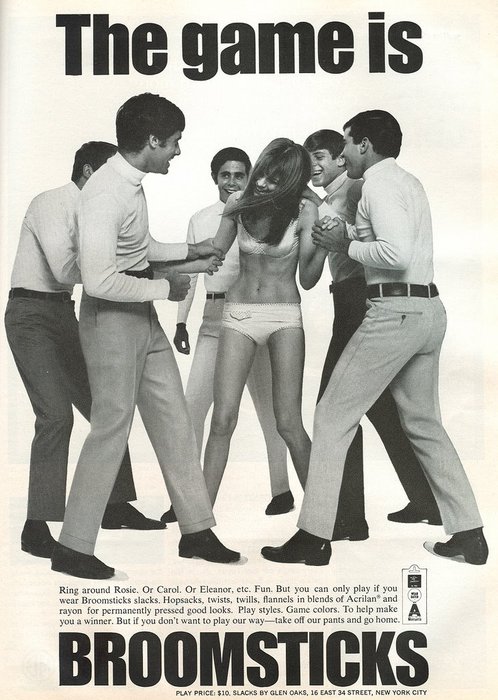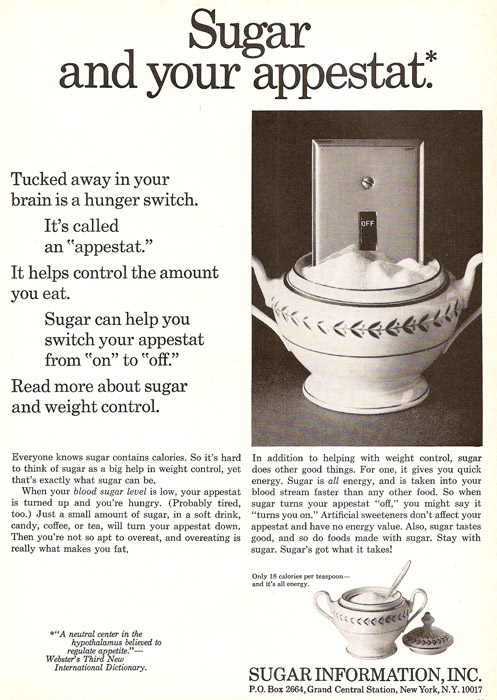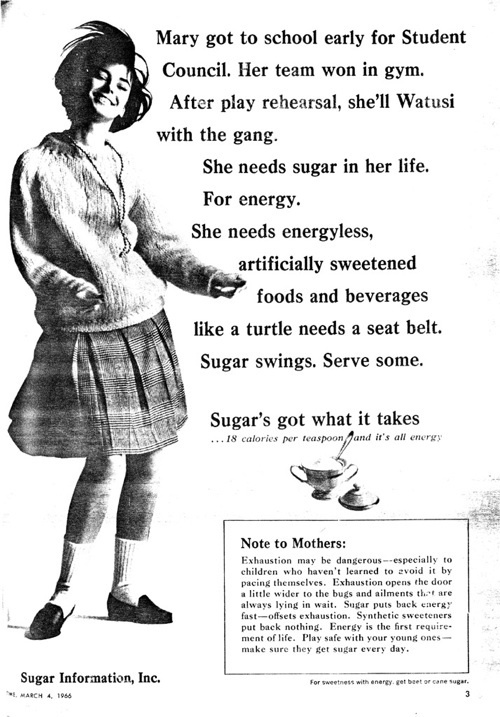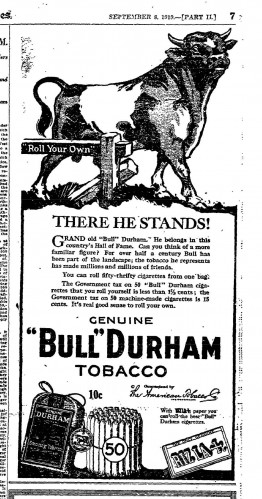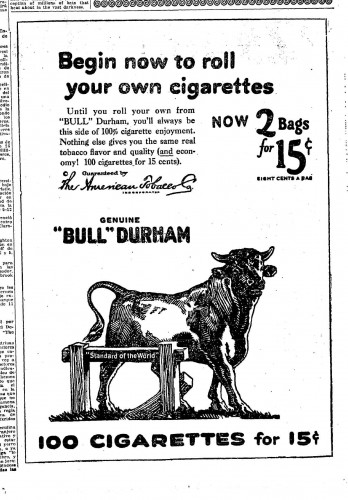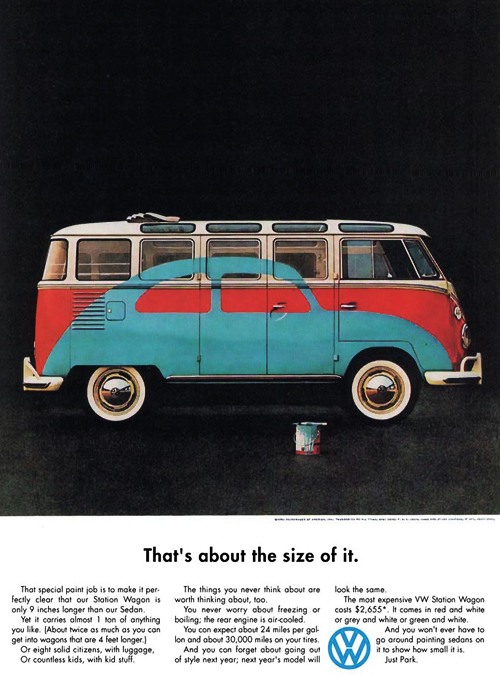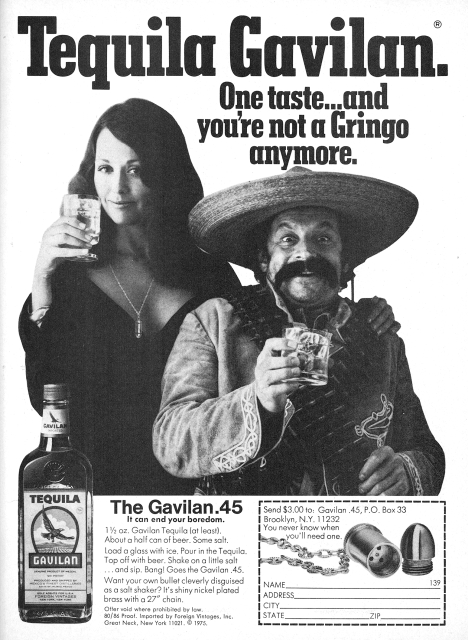
Alicja W. told me about this Barbie commercial from 1959 (which may be the first Barbie TV commercial, but I’m not positive about that) in which girls are encouraged to identify with, and aspire to, Barbie’s charm and beauty:
It’s not just that Barbie is fun to play with; she’s overtly presented here as a role model for girls, who can dream of someday being “exactly like” her–petite, popular (“at parties she will cast a spell”), and beautiful. And until they can actually become that person, they can “make believe” they’re Barbie. It’s a great example of how toys can be an important part of childhood socialization. In this case, it’s not just a set of behaviors girls were encouraged to mimic (caring for a doll, for instance); the toy is presented as something they should actually aspire to be.

